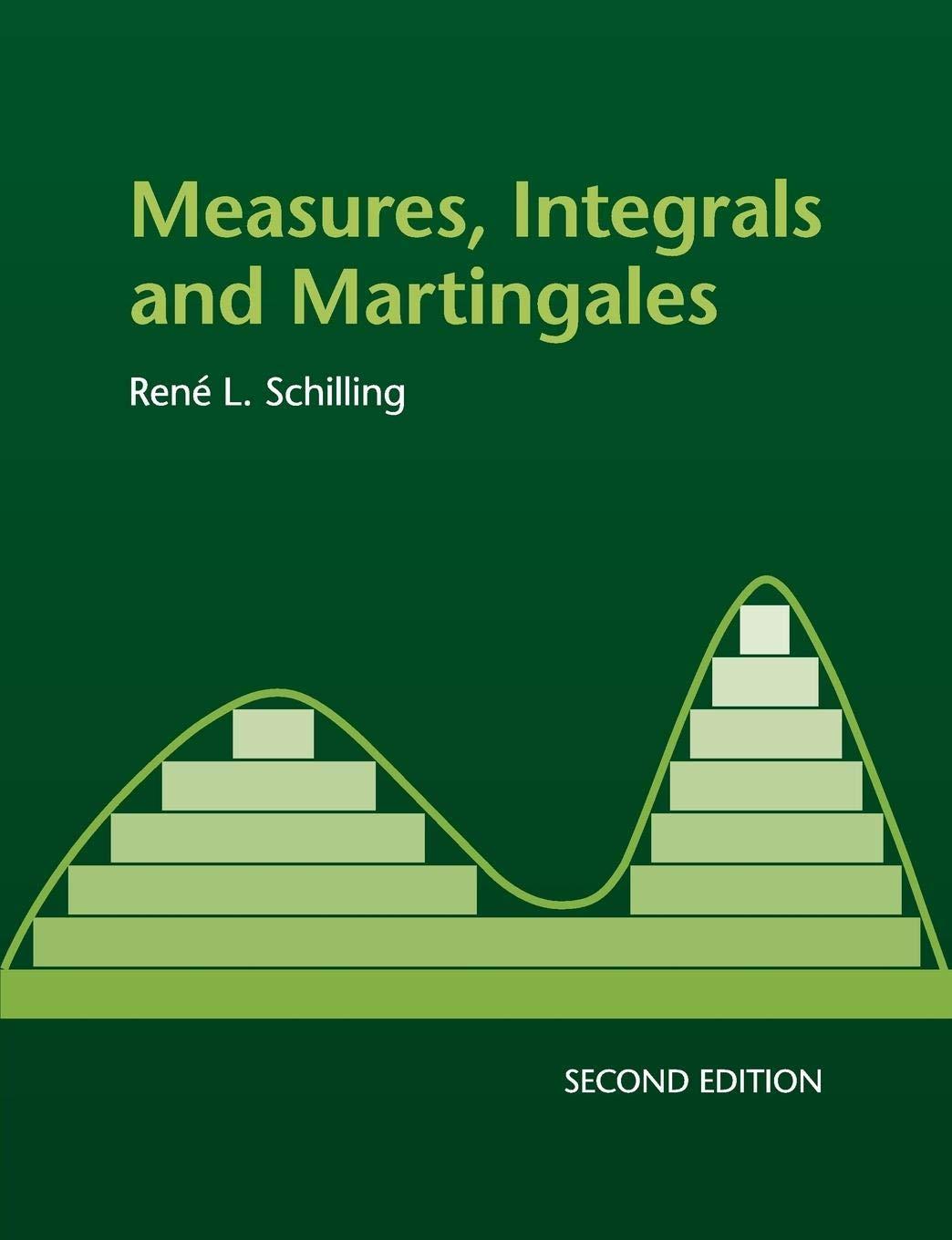(mathcal{L}^{p})-bounded martingales. A martingale (left(u_{n}, mathscr{A}_{n}ight)_{n in mathbb{N}}) on a (sigma)-finite filtered measure space is called (mathcal{L}^{p})-bounded,...
Question:
\(\mathcal{L}^{p}\)-bounded martingales. A martingale \(\left(u_{n}, \mathscr{A}_{n}ight)_{n \in \mathbb{N}}\) on a \(\sigma\)-finite filtered measure space is called \(\mathcal{L}^{p}\)-bounded, if \(\sup _{n \in \mathbb{N}} \int\left|u_{n}ight|^{p} d \mu<\infty\) for some \(p>1\). Show that the sequence \(\left(u_{n}ight)_{n \in \mathbb{N}}\) converges a.e. and in \(\mathcal{L}^{p}\)-sense to a function \(u \in \mathcal{L}^{p}(\mu)\).
[ compare this with Problem 24.8 .]
Data from problem 24.8
\(\mathcal{L}^{2}\)-bounded martingales. A martingale \(\left(u_{n}, \mathscr{A}_{n}ight)_{n \in \mathbb{N}}\) is called \(\mathcal{L}^{2}\)-bounded, if the \(\mathcal{L}^{2}\)-norms are bounded: \(\sup _{n \in \mathbb{N}} \int u_{n}^{2} d \mu<\infty\). For ease of notation set \(u_{0}:=0\).
Step by Step Answer:






